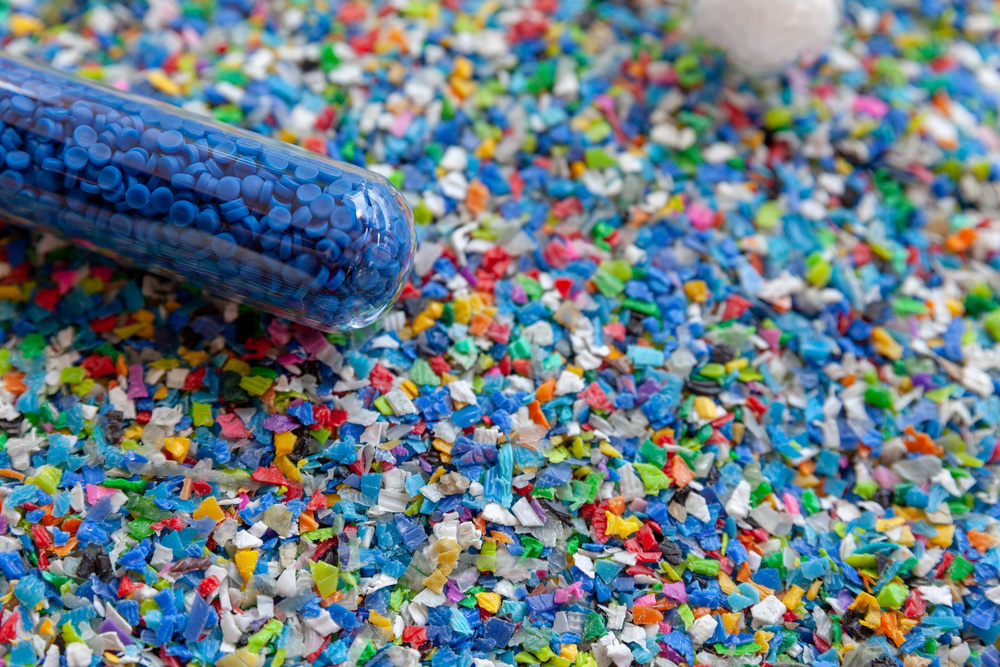The Simple Pizza Box and What It Means to Recycling

To the team here at Seraphim Plastics, it isn’t difficult to distinguish the differences between consumer plastic recycling and industrial plastic recycling. It is something we deal with every day. Understanding the differences is not so easy for the average consumer, though. People might know what post-consumer plastics are, but they do not tend to understand all the intricacies of recycling in consumer and industrial settings.
Enter the simple pizza box. Strangely enough, a used pizza box perfectly illustrates why recycling post-consumer plastics is so difficult but post-industrial plastic recycling is not. If you think the pizza box is a lousy example, keep reading. You will understand it soon enough.
Recycling Pizza Boxes Is Iffy
To bring pizza boxes fully into the discussion here, we turn to a recent news report out of Utica, NY’s WKTV, News Channel 2. The station aired a report intended to help local consumers better understand what types of things can and cannot be recycled. It was designed around frequently asked questions from the Oneida-Herkimer Solid Waste Authority.
The very first question was whether used pizza boxes should go into curbside recycling bins. Here is the short answer: maybe. If that is all people know, it’s no wonder they are confused.
The long answer involves whether the pizza box is clean. According to county officials, residents should not attempt to recycle pizza boxes heavily saturated with grease. If boxes have cheese or other food items stuck to them, they should also not be recycled. But all of this is relative.
What constitutes a lot of grease to you might seem minimal to me. Likewise, it is nothing for me to scrape cheese, sausage, and other pizza byproducts into the trash prior to recycling a box. But you might consider doing so a hassle.
Plastic Recycling Is No Different
It turns out that recycling plastics is no different. In the post-consumer world, dirty plastic containers can contaminate an entire load of recyclables, thereby forcing it to be sent to a landfill. That is why municipal recycling programs request that consumers rinse out their plastic bottles and glass jars. It is why they say that consumers should be careful about not putting dirty containers into recycling bins.
When it comes to post-industrial plastics, the same rules apply. But there is a significant difference between what we do and what a typical municipal recycler does: we work with our customers to ensure that loads are not contaminated BEFORE we pick them up. We don’t bring contaminated loads to our facility and then try to rectify the problem there.
Both Municipal and Industrial Plastic Recycling Need Clean and Separated Loads
In order for our recycling process to work successfully, we need loads to be clean and separated at the collection site. To make the work worth their while, we pay clients for the plastics we pick up. Both we and our clients win by recycling scrap industrial plastic.
When we pick up a load of plastic purge or cut off, for example, the load contains nothing else. We don’t have to worry about paper labels soaked with adhesive. We do not have to worry about food contamination, chemical contamination, etc. We can take the cut off or purge directly to our facility, run it through a series of grinders, and collect the regrind for sale on the other end.
Recycling all sorts of materials relies heavily on minimizing contamination. If you struggle to understand why municipal recycling generally fails while industrial plastic recycling is successful, look no further than the humble pizza box. It explains the entire equation in living color. What applies to pizza boxes also applies to plastics.